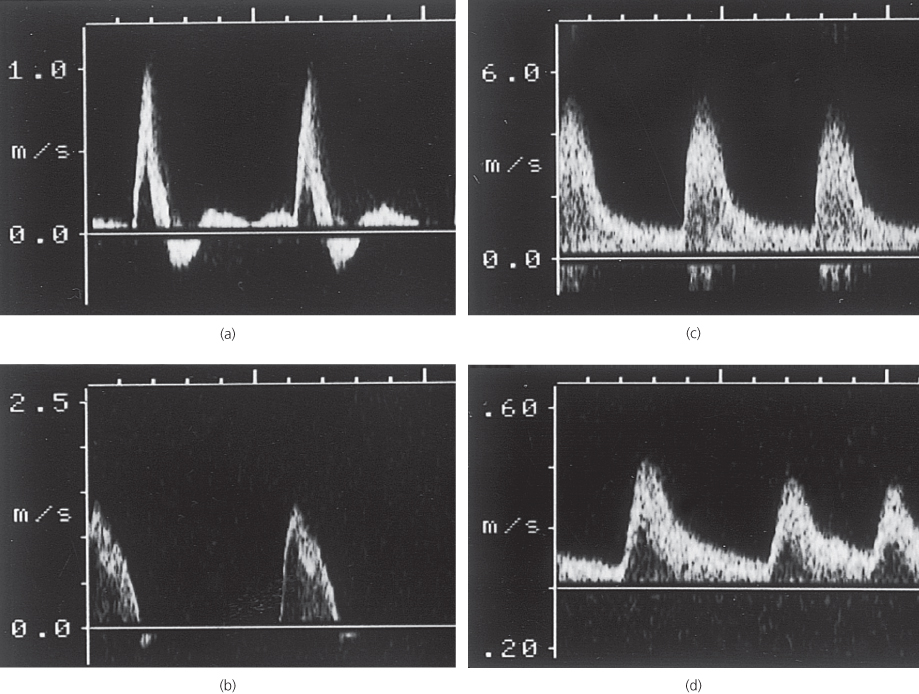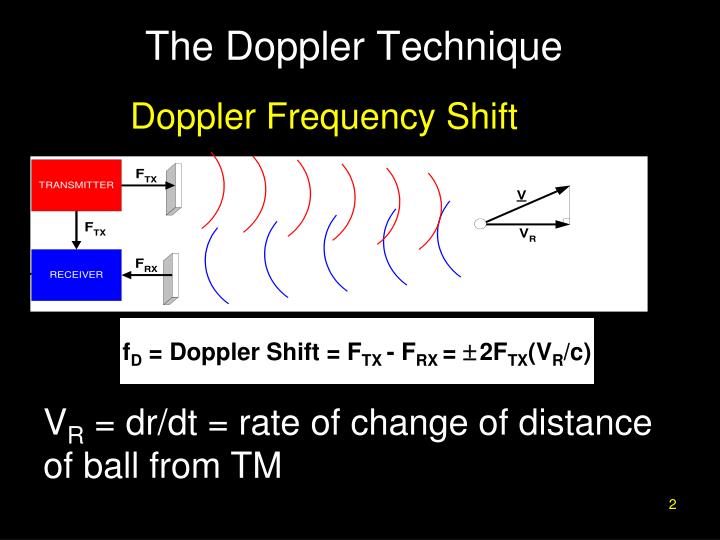

When flow is present, sound moves faster if traveling in the same direction and slower if moving against it. If there is no flow, the travel time will be the same in both directions. A comparison is made of upstream and downstream measurements. Transit time ultrasonic flow meters measure the difference in time from when an ultrasonic signal is transmitted from the first transducer until it crosses the pipe and is received by the second transducer. What is a Transit Time Ultrasonic Flow Meter? If either the size or the concentration of the discontinuities changes, the amplitude of the reflected signal will shift, introducing errors. In the case of bubbles, 100-200 mg/l with diameters between +75 and +150 microns is desirable. The generally accepted rule of thumb is that for proper signal reflection there be a minimum of 80-100 mg/l of solids with a particle size of +200 mesch (+75 micron). The presence of acoustical discontinuities is essential for the proper operation of the Doppler flow meter. The flow (Q in gpm) in a pipe having a certain inside diameter (ID in inches) can be obtained by: Thus, flow velocity V (ft/sec) is directly proportional to the change in frequency. Because C t / 2f 0cos(a) is a constant (K), the relationship can be simplified to: Where Ct is the velocity of sound inside the transducer, f0 is the transmission frequency, f1 is the reflected frequency, and a is the angle of the transmitter and receiver crystals with respect to the pipe axis. The flow velocity (V) can be determined by: The meter detects the velocity of the discontinuities, rather than the velocity of the fluid, in calculating the flow rate. Doppler flow meters are often used for the flow measurement of such fluids as slurries. The motion of particles causes a frequency shift of the beam, which is received by a second transducer. For the flow meter to operate, there must be particulates, such as solid particles or air bubbles, in the stream to reflect the ultrasonic beam. A Doppler ultrasonic flow meter uses a transducer to emit an ultrasonic beam into the stream flowing through the pipe. He stated that the frequencies of the sound waves received by an observer are dependent upon the motion of the source or observer in relation to the source of the sound.

The Doppler ultrasonic flow meter operates on the principle of the Doppler Effect (or Doppler shift), which was documented by Austrian physicist and mathematician Christian Johann Doppler in 1842. To obtain accurate measurements, it’s important to know which flow meter to use for your application. The Doppler and transit time flow meters operate on a similar principle, but the technology varies significantly. Both are designed to clamp onto the outside of the pipe wall without breaking the line or interrupting the flow. There are two types of ultrasonic flow meters, Doppler and transit time. Ultrasonic flow meters are non-intrusive devices that use acoustic vibrations (ultrasonic waves) to measure flow rate of liquids.


 0 kommentar(er)
0 kommentar(er)
